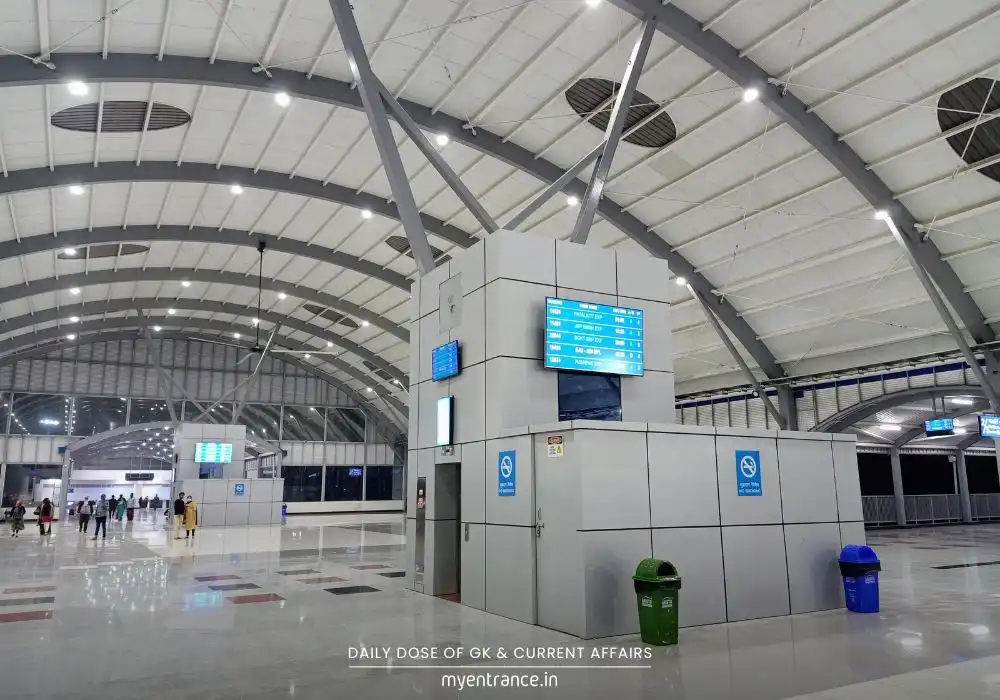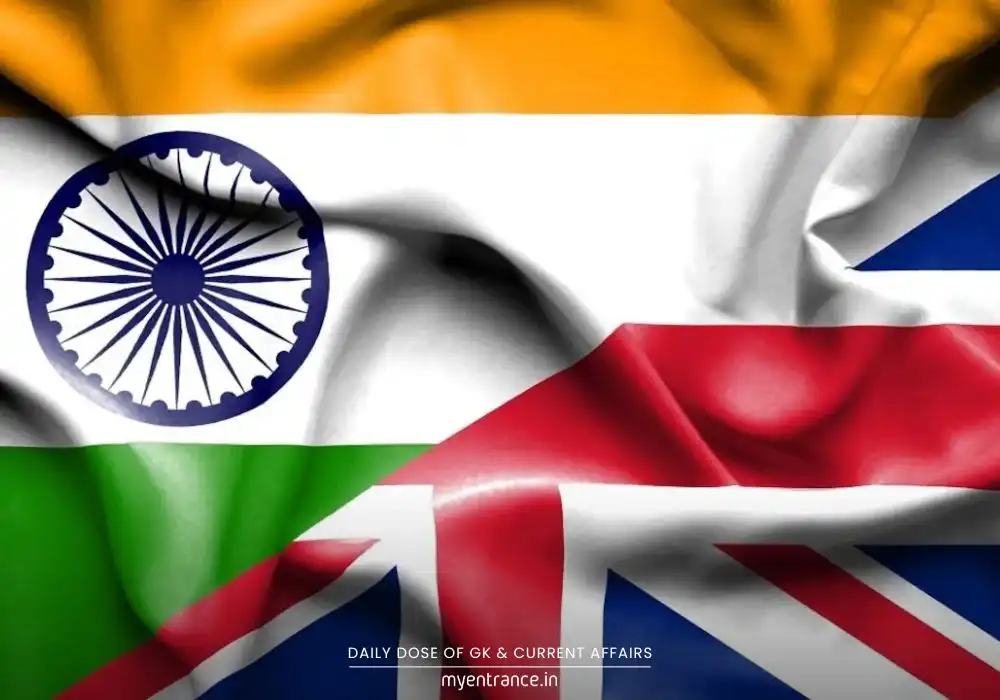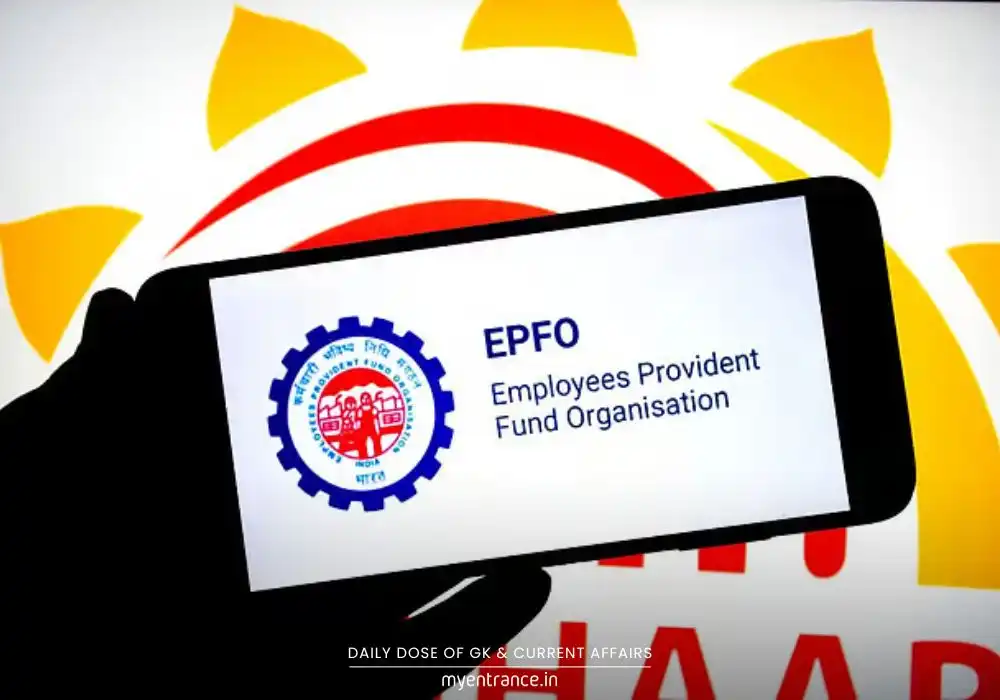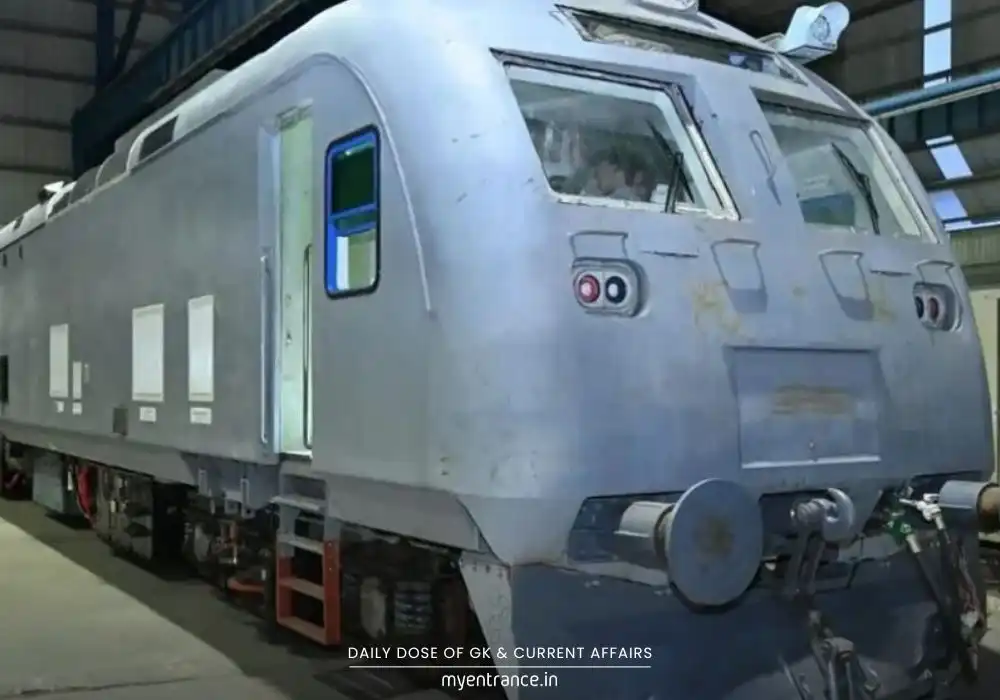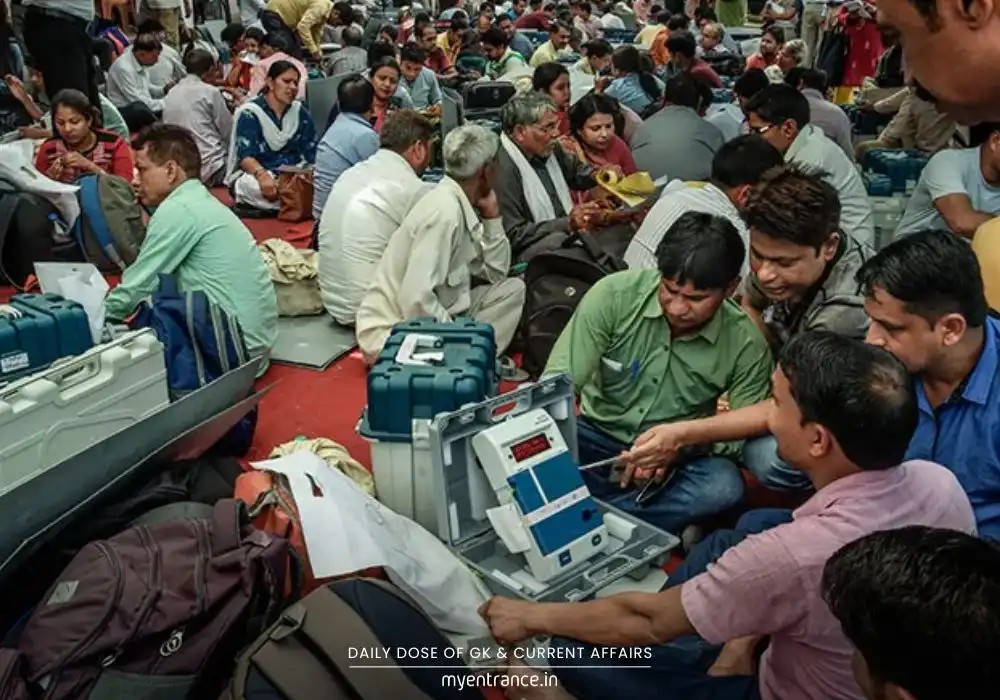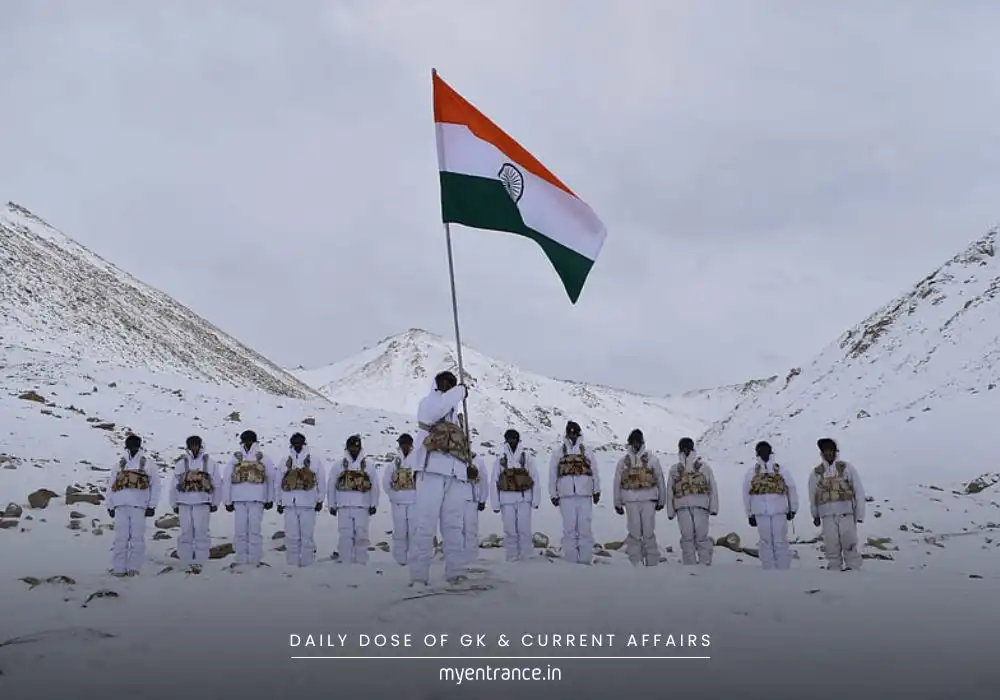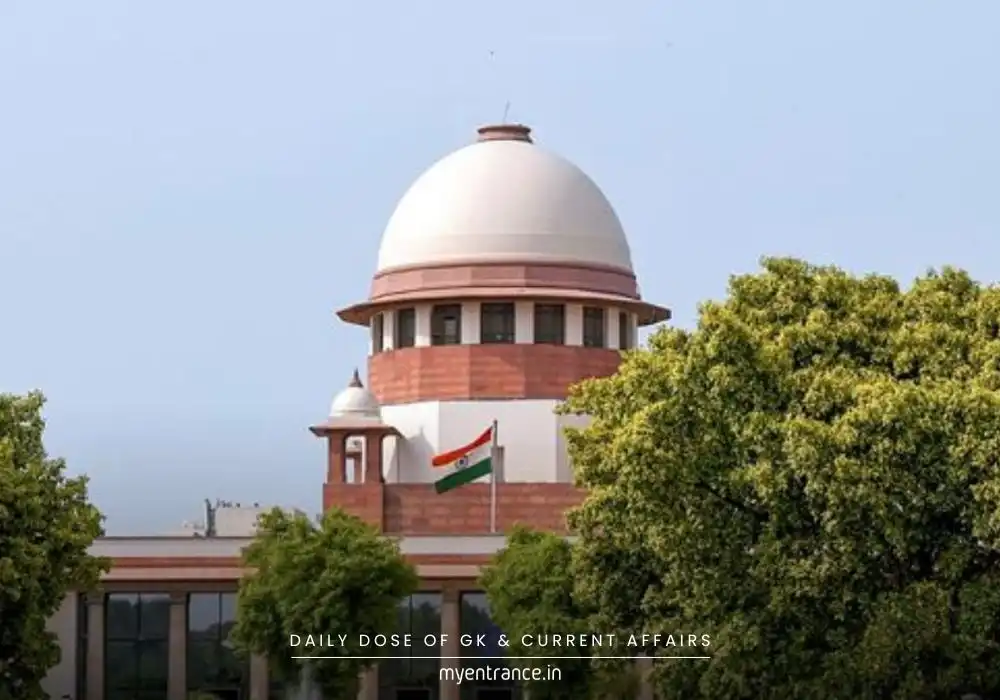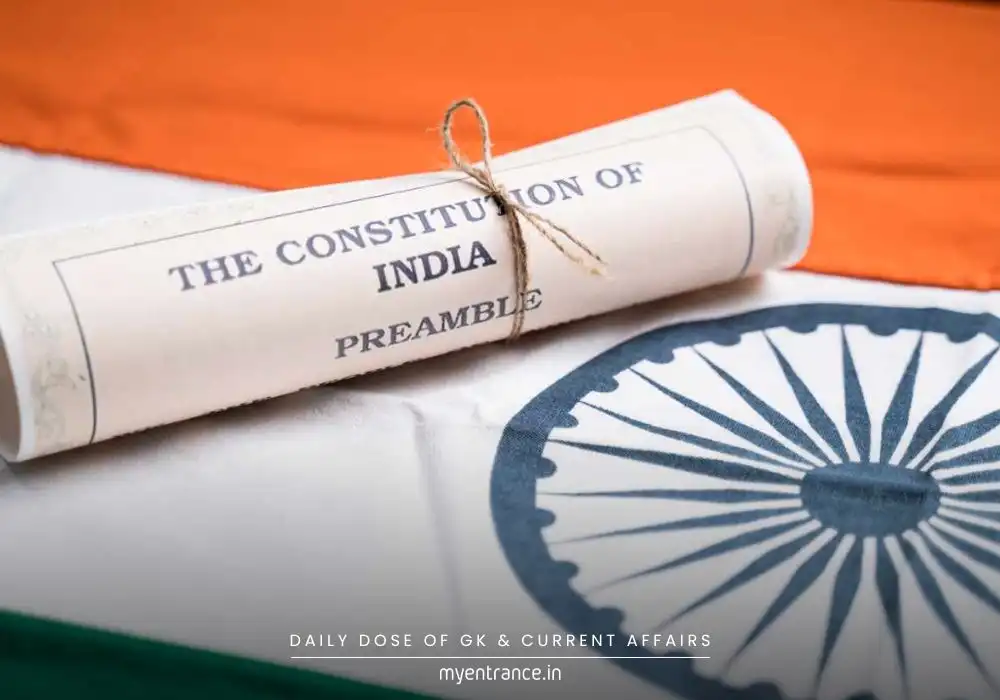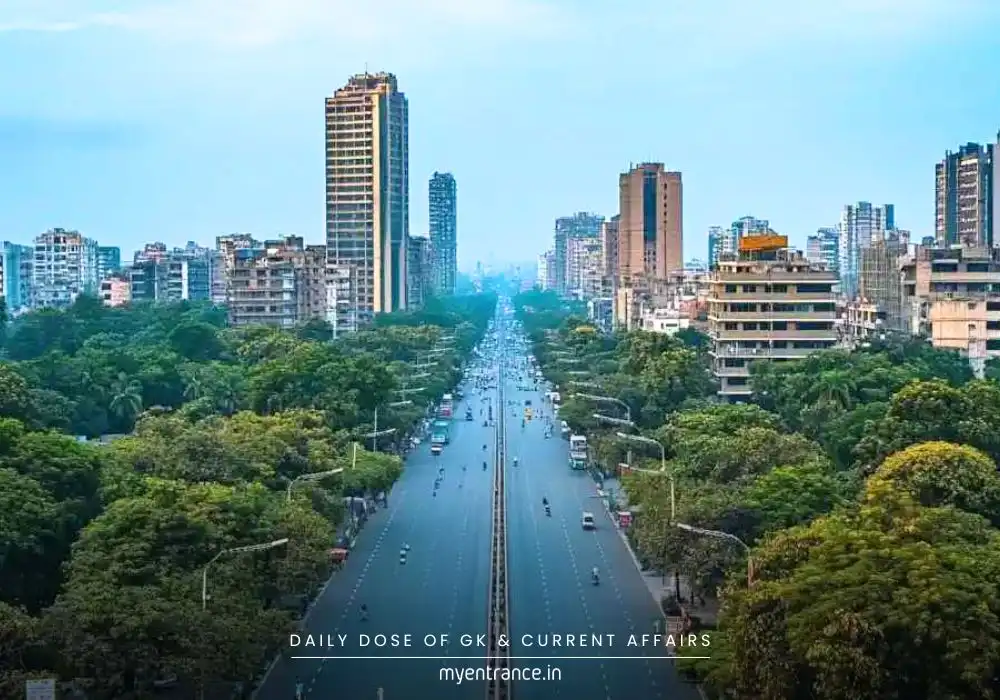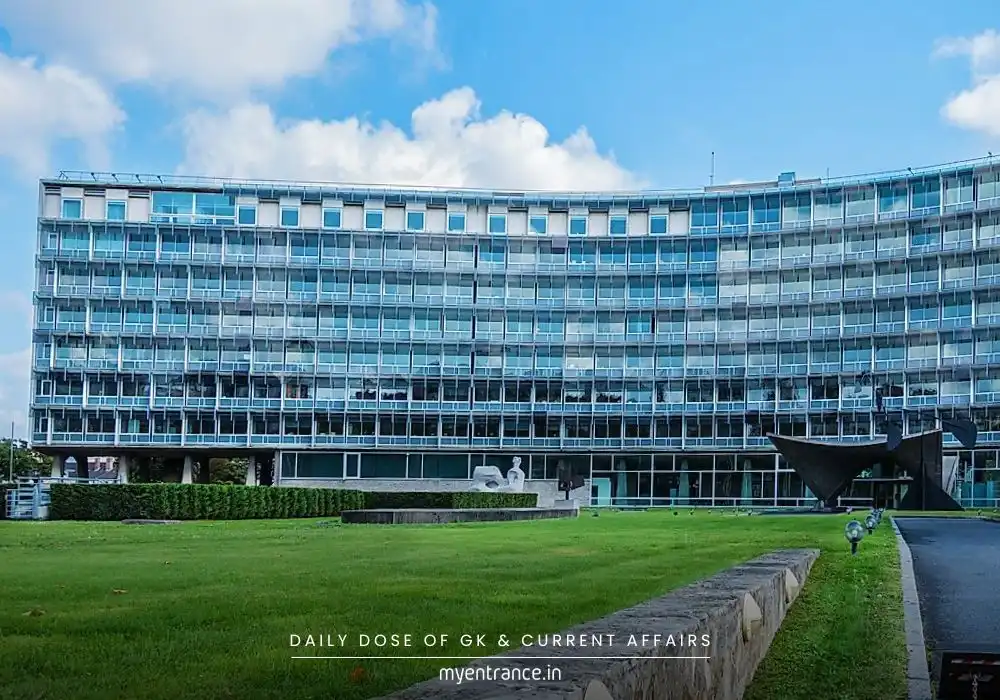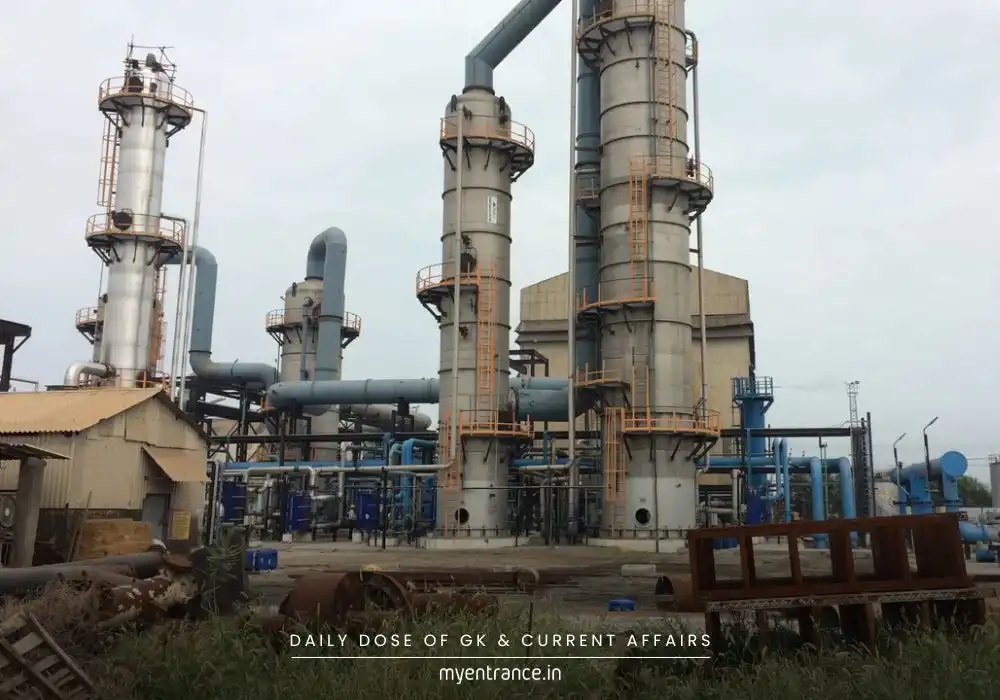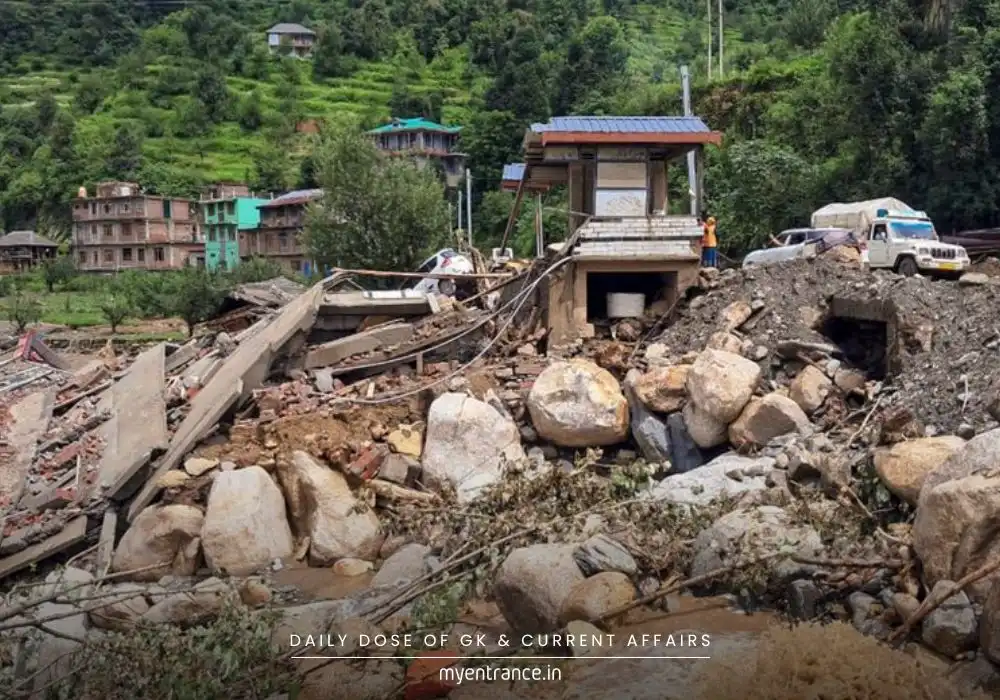Translate Language
Flexible Curriculum, Stubborn Roadblocks: What’s Really Happening with NEP?
India’s National Education Policy (NEP) 2020 promised to reshape higher education into a dynamic, globally competitive system. Five years in, while flexibility and digital learning have surged, a new report exposes stubborn gaps in student support, industry partnerships, and internationalization. Here’s what aspiring SSC, UPSC, and other exam candidates need to know.
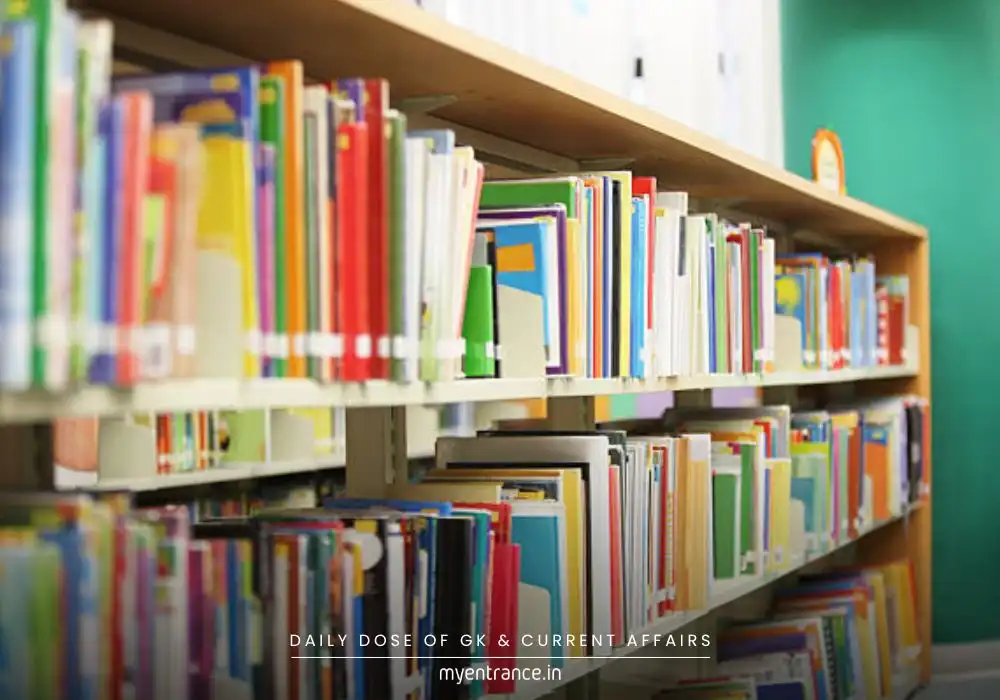
NEP’s Wins: Flexibility Goes Mainstream
The policy’s biggest success? Breaking rigid academic boundaries. Nearly 90% of colleges now offer multidisciplinary courses blended with vocational skills. Environmental studies is nearly universal, and 62% teach ethics programs like Mulya Pravah 2.0. For exam aspirants, this means more diverse learning avenues.
Where NEP is Stalling: Critical Gaps
Despite bold promises, core reforms are lagging:
Multiple Entry/Exit Points: Only 36% of institutions allow this student-friendly flexibility. Even fewer (64%) use the Academic Bank of Credits for smooth credit transfers.
Mental Health Support: While 86% of colleges have student wellness centers, just 14% partner with experts (like NIMHANS/AIIMS). Faculty training is also low—only 64% receive mental health refreshers.
Industry-Academia Bridges: “Professors of Practice” (industry experts teaching applied skills) exist in just 14% of colleges. Only 19% involve industry in curriculum design—despite 98% offering internships.
Autonomy & Global Reach: A Work in Progress
True self-governance remains elusive. Only 22% of institutions enjoy autonomy, held back by funding gaps, bureaucracy, and capacity issues. This stifles innovation in course design and global tie-ups.
Internationalization is equally slow:
41% have foreign university MoUs
33% reserve seats for global students
39% lack infrastructure to host them
Indian Knowledge Systems (IKS): More Talk, Less Action
While Sanskrit, Yoga, and Ayurveda electives exist, only 38% offer them for credit, and a mere 8% employ traditional ‘Kala Gurus’. Staff shortages and unclear integration strategies plague IKS growth.
Digital Learning Shines (But Access is Uneven)
Digital adoption is NEP’s bright spot:
96% use platforms like SWAYAM/DIKSHA
94% invested in digital infrastructure
85% train faculty in online content creation
Yet, only 28% offer 2-year PG diplomas via distance learning, limiting access in remote areas.
The Road Ahead
NEP has ignited crucial conversations—launching heritage institutes, tribal universities, and digital momentum. But for reforms to truly benefit SSC, UPSC, KAS, and NIFT aspirants, India must tackle:
Faculty shortages and funding gaps
Streamlined industry collaborations
Stronger mental health ecosystems
Faster autonomy for universities
Get 3 Months Free Access for SSC, PSC, NIFT & NID
Boost your exam prep!
Use offer code WELCOME28 to get 3 months free subscription. Start preparing today!
